Andorra wasn’t a country I knew much about other than seeing their small group of athletes near the start of the Winter Olympics parade of nations. It always sounded mysterious and vaguely magical, and was originally in our plans for a visit last year at this time when we were doing a road-trip from Italy to the NW tip of Spain. However, the rules of the road in Andorra for November were that we required snow tires which our leased car didn’t have, so we had to bypass it. This year we ended up flying into Barcelona for a month stay on the Spanish Coast so took the opportunity to first take a bus up to Andorra and finally get to experience this tiny country in the Pyrenees.
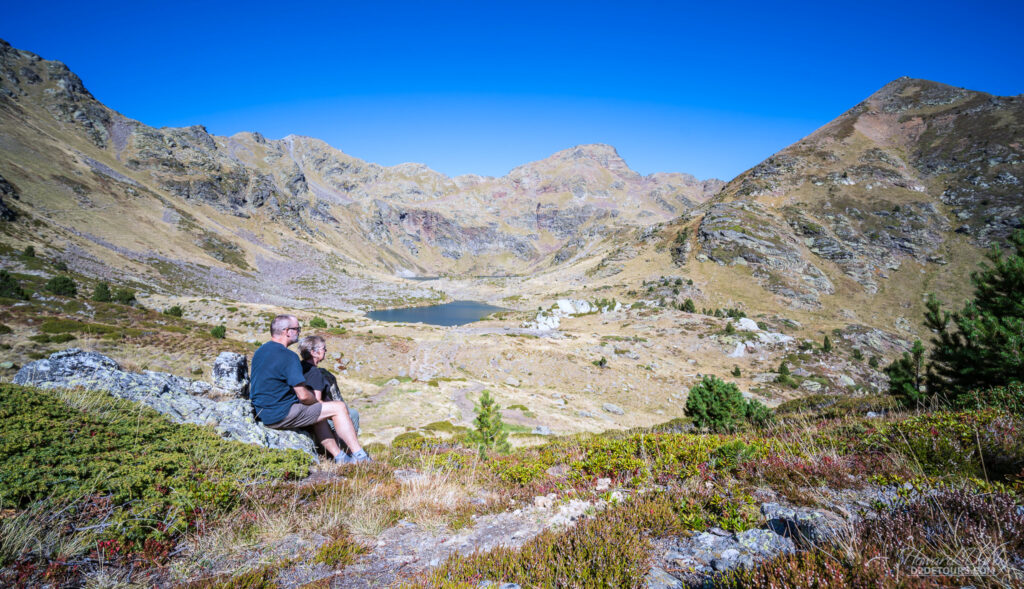
Andorra is sometimes called “The Little Country That Could” due to its resilience during WWII when they denied the Nazi army’s request for troops despite their country being surrounded by enemies. In fact, Andorra managed to remain neutral during the war thanks to its strong sense of national pride and determination.
Andorra is a small landlocked country in the Pyrenees mountains between France and Spain, and was founded in 1278 as a principality under the joint sovereignty of the French king and the bishop of Urgell. Andorra’s history is defined by its strategic location and role as a buffer state between Christians and the Muslim Moors who invaded Spain. Andorra was ruled by two co-princes – the French leader and the Bishop of Urgell – for more than 700 years until it became a constitutional monarchy in 1993. It’s one of the oldest and smallest states in Europe, with a population of just over 78,000, an area of 468 square kilometres (about 30 km at its widest point), with tourism accounting for 80% of GDP and banking another 19%.
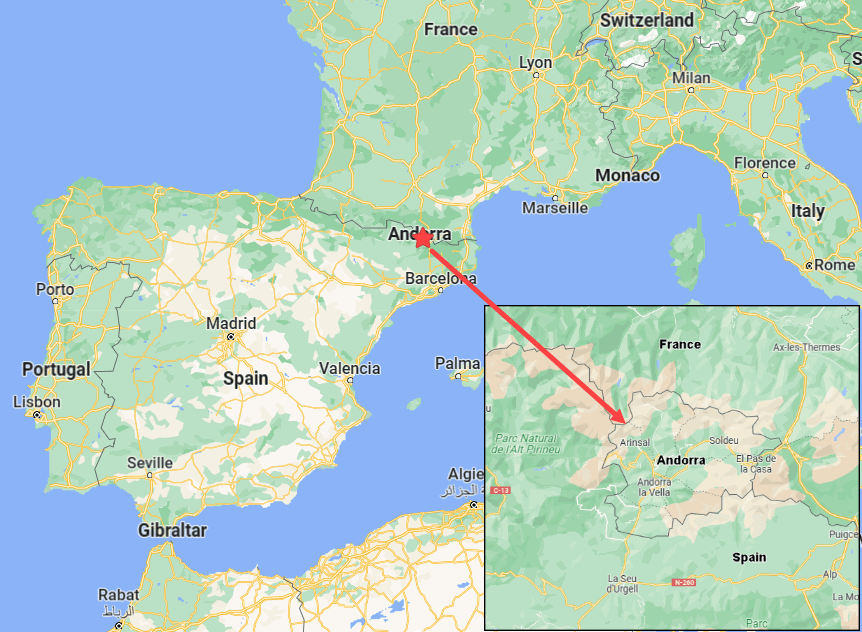
As mentioned in last week’s report Whitney would normally be writing this blog post, while I (Howard) handle the pictures. Unfortunately she took a tumble in Vilnius breaking a bone in her hand which affected her typing ability, so here I am stepping into the breach for a couple of weeks. You can check out more details on her injury in our Lithuania report.
Dollars – Being a remote country that’s very touristy, and with our transportation cost only spread across three days, our daily spending average was a bit skewed. However, as we were there in the off-season between the summer hiking season and winter ski season we managed to take advantage of lower hotel rates, and since the country is so small, three nights was all we needed to get a good feel for Andorra.
| Cost / Day (2 people) |
What’s Included? | |
|---|---|---|
| All-inclusive nomadic expenses | $232/day Canadian ($167 USD / €159) |
Transportation to the city, accommodation, groceries, restaurants, entrance fees, health (including insurance), data packages, local transportation, subscriptions (Netflix and other streaming services, web site hosting, Adobe Lightroom, VPN, misc apps, etc.) |
| Basic day-to-day living expenses (including rental car & gas) |
$180.04/day Canadian ($130 USD / €124) |
Accommodation, groceries, restaurants, beverages, local transportation |
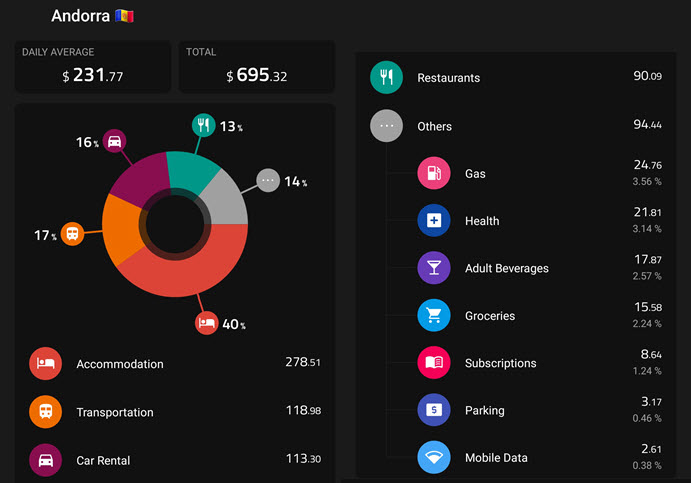
Environment – We stayed at the Hotel Exe Prisma in Escaldes, which was only a block off the main pedestrian boulevard of Carlemany Avenue. It was a standard, clean hotel that included a breakfast buffet in the deal we found on Booking.com.
Tips, Tricks & Transportation – There are no airports or rail service to Andorra, so the only way in is by car or bus. The closest major centers are Toulouse, France or Barcelona, Spain, both about a three hour drive to Andorra la Vella, the capital of Andorra. We flew into the Barcelona airport, and took the Andbus service at €60 each round-trip ($88 CA$, $64 US$) that has a pick-up point at the airport and includes drop-off at your hotel in Andorra la Vella via a shuttle bus that you transfer to once you arrive at the main bus terminal – definitely a great service.
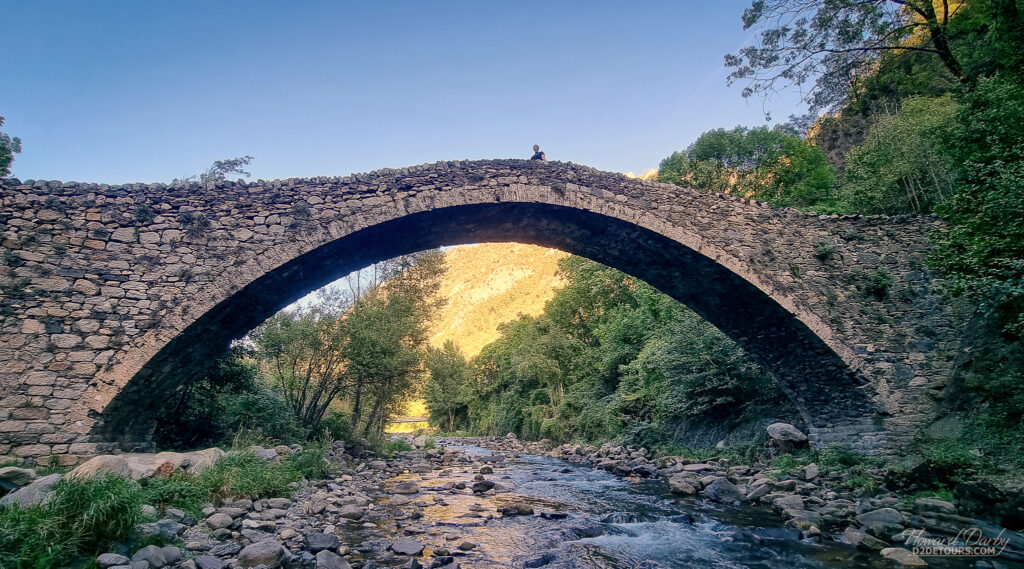
Andorra is a tax haven, with some great deals on alcohol and tobacco products. If you have the space in your luggage or vehicle it’s definitely worth taking some with you as you exit the country. The caption on the picture below gives some examples of the savings you can find:

While in Andorra la Vella we rented a car to get out into the mountains and better see the country. It was pretty expensive at $113 CA$ for the day ($82 US$, €78) for a small economy car (manual transmission), but without it we would have only seen the city, which isn’t why you go to Andorra. We used GoldCar which was slightly cheaper than the other main rental agency in town. The only issue is they don’t have a parking lot, and I was returning it in the evening after they closed, so I had to drive around the neighbourhood until I found a parking spot a few blocks away, drop the keys in the slot in their door, then send an email with the location of the car to let them know where to find it. I also called the next morning just after they opened, which was a good thing to do since they hadn’t checked their email yet. If you return the car during normal business hours between 8:30 am and 6:30 pm this isn’t an issue.
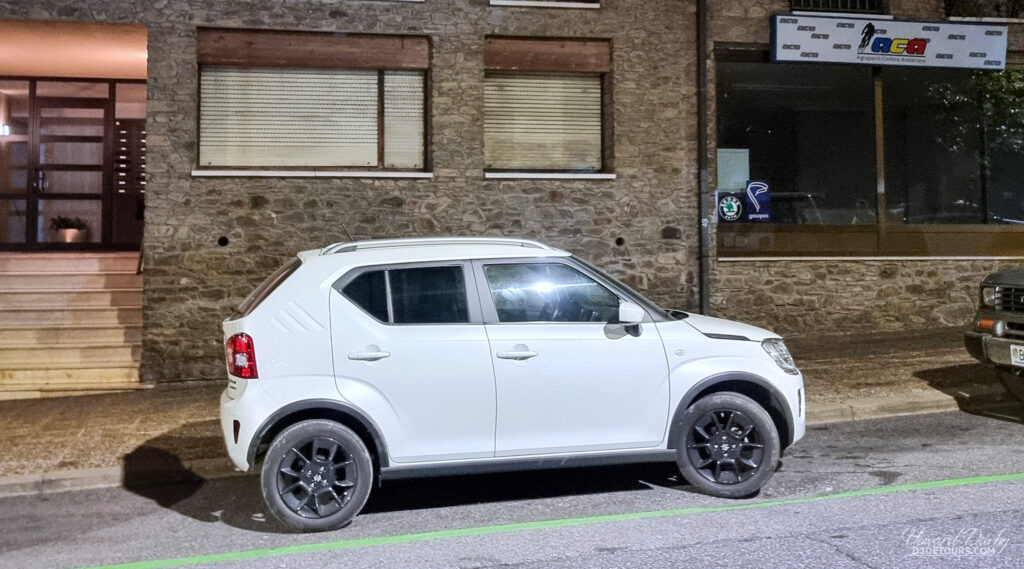
Out and About – The pictures and captions below are a guide to what we saw while visiting Andorra:
Andorra la Vella and Les Escaldes
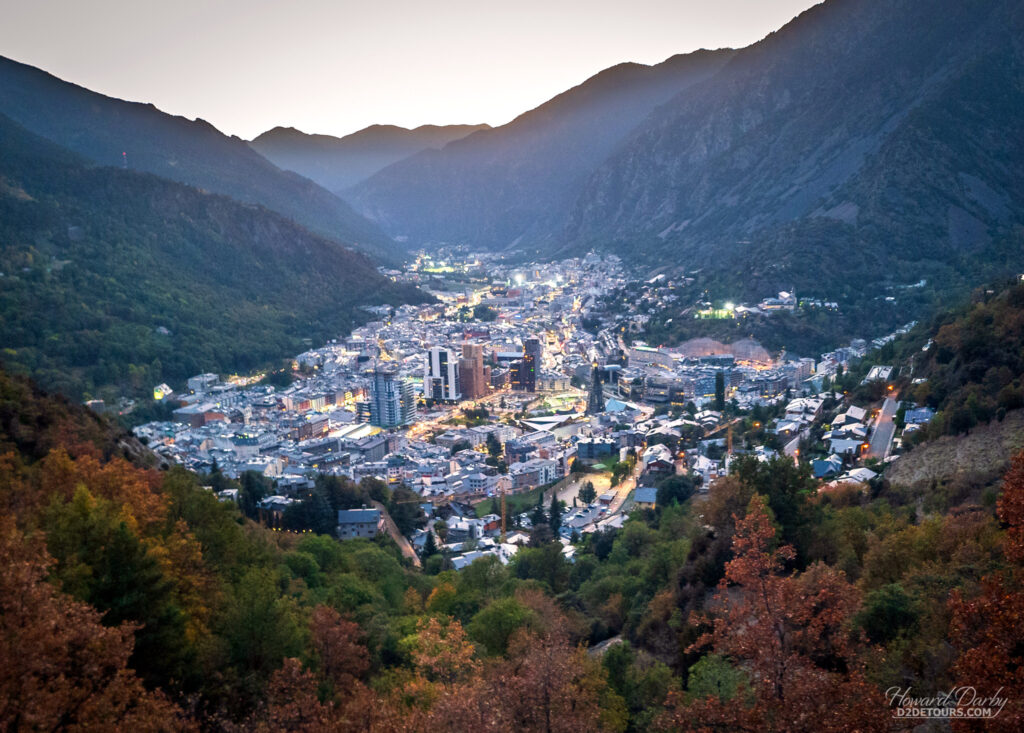

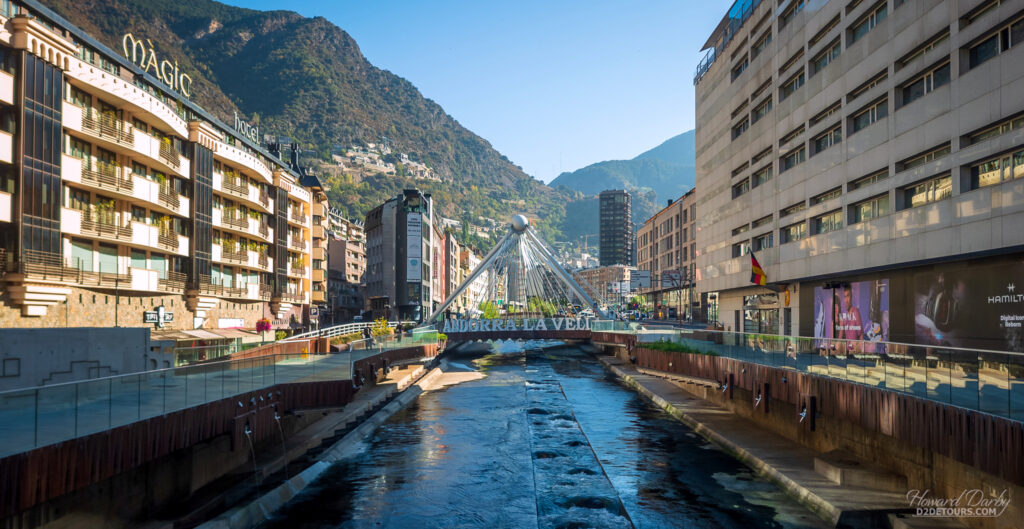
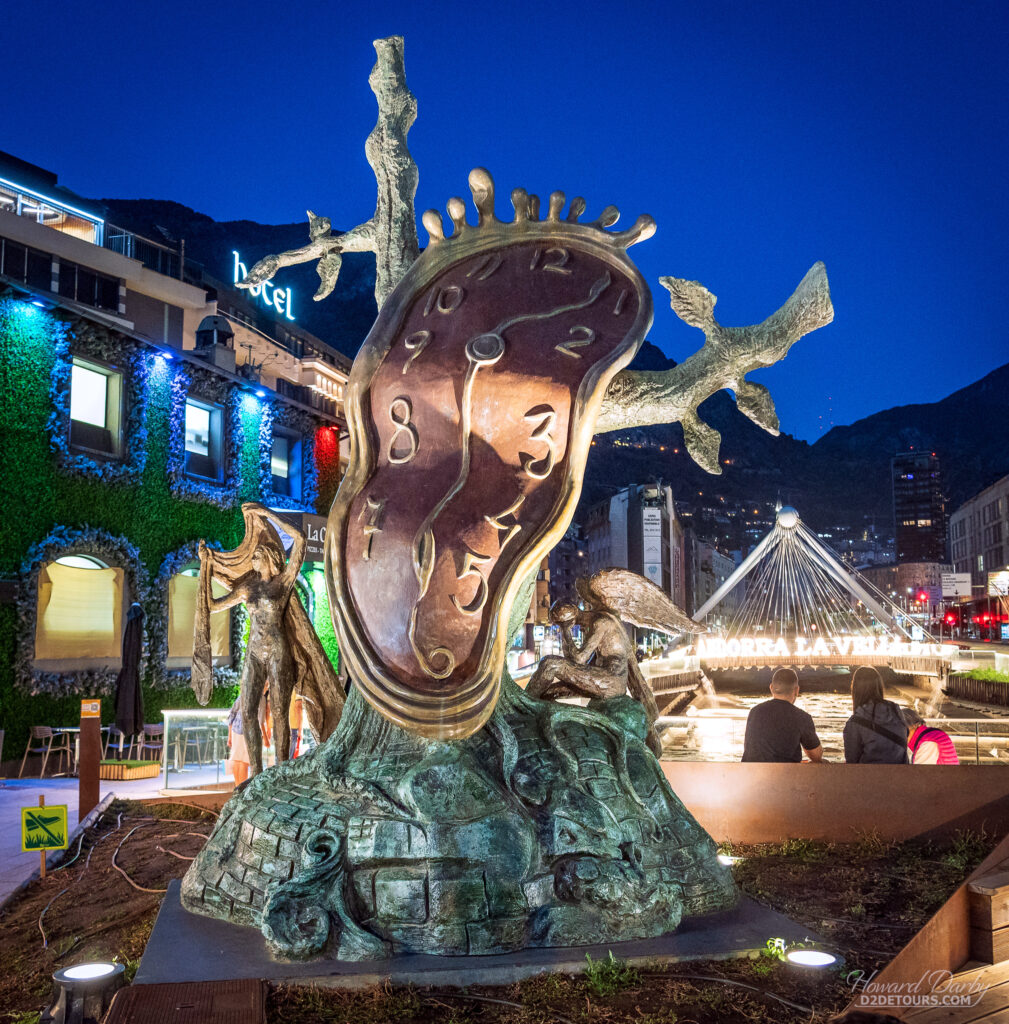
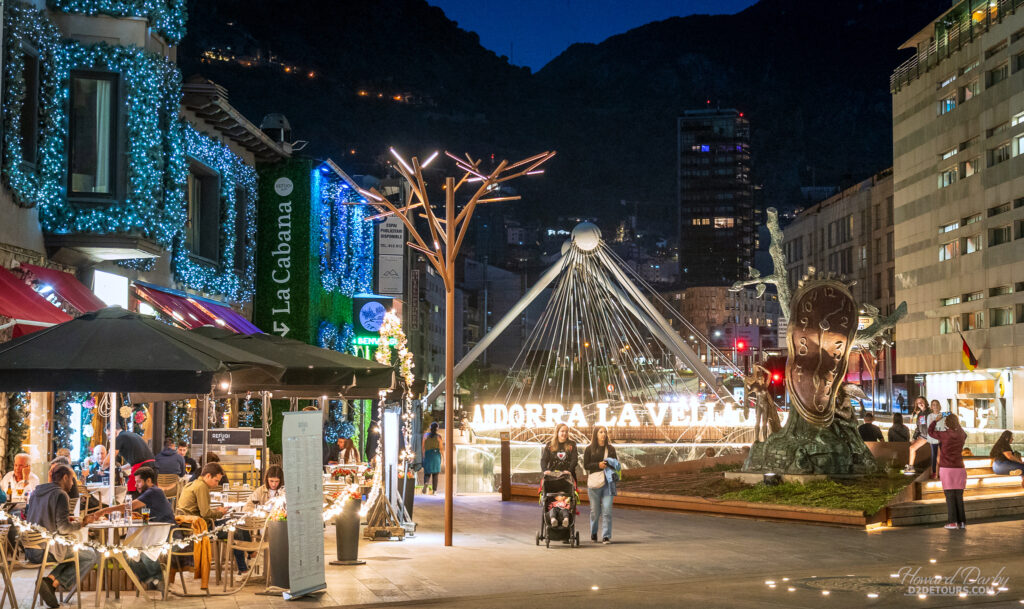
In the Mountains


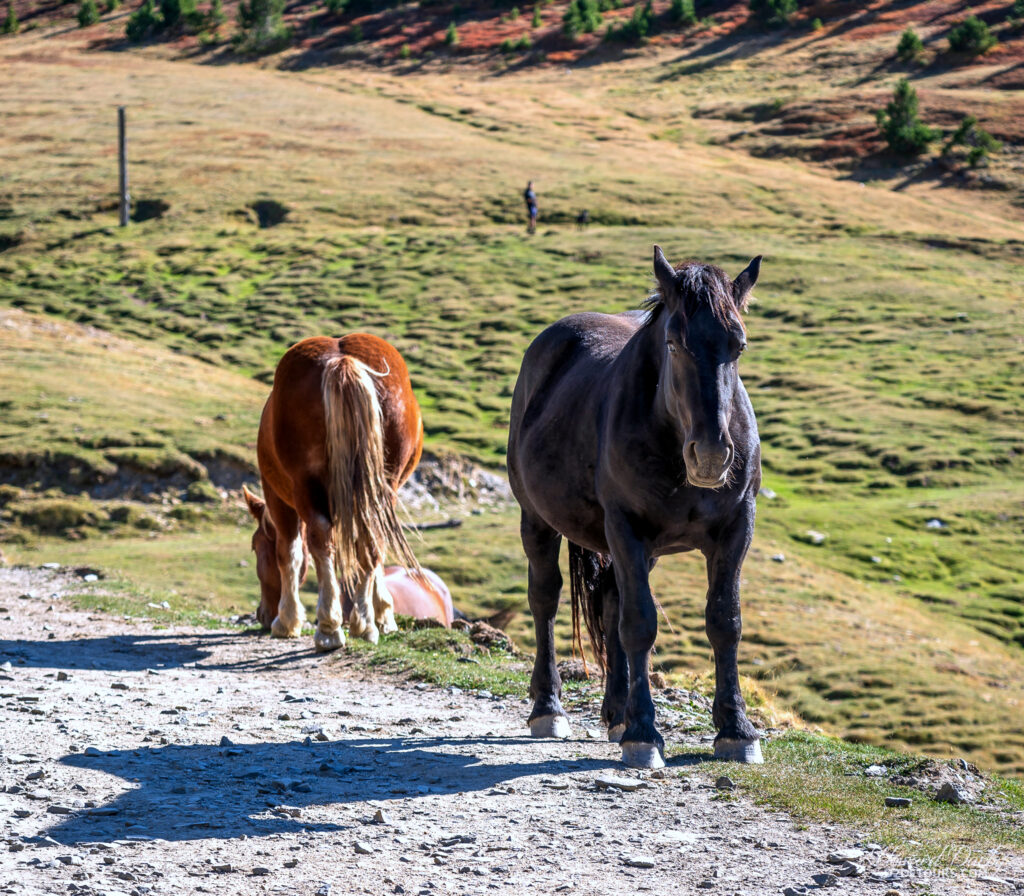
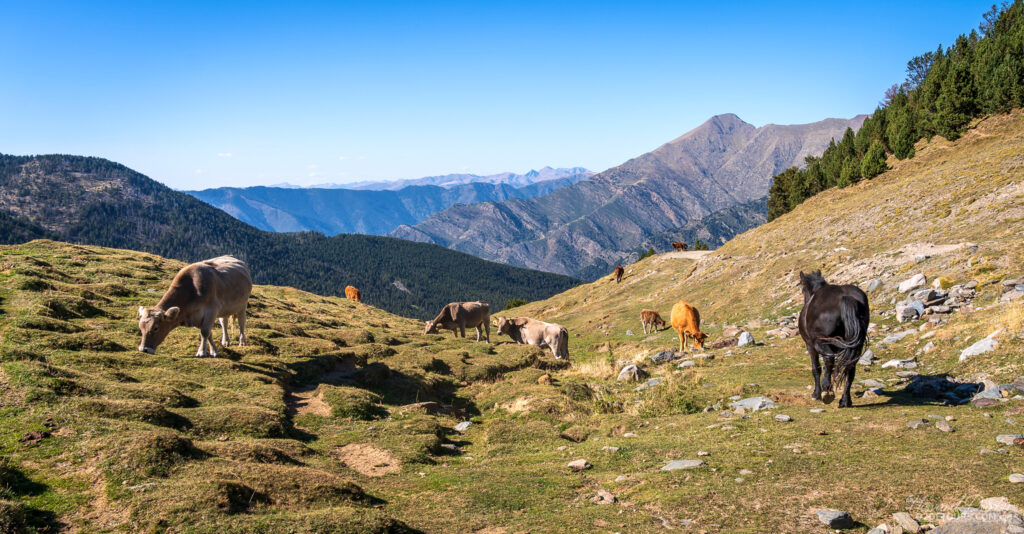
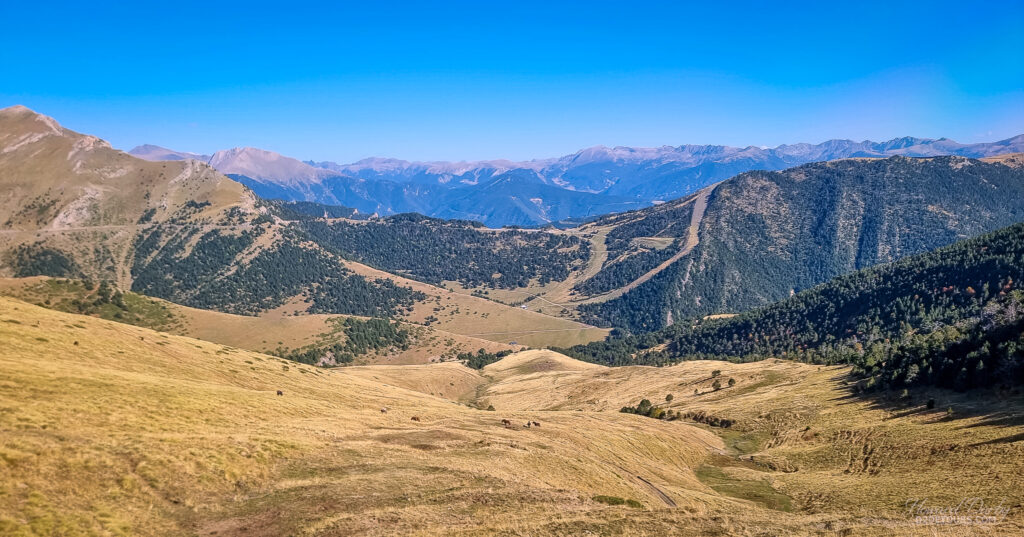
Us – To us Andorra seemed like an entire country that is really just one big mountain resort built around the tourist industry; it felt very similar to Whistler in western Canada or Aspen, Colorado in the US – hiking in the summer, skiing in the winter, high-end shopping and restaurants all year round. We’re glad we went, and enjoyed touring through the mountains, but since we’re not skiers we probably won’t need to return.
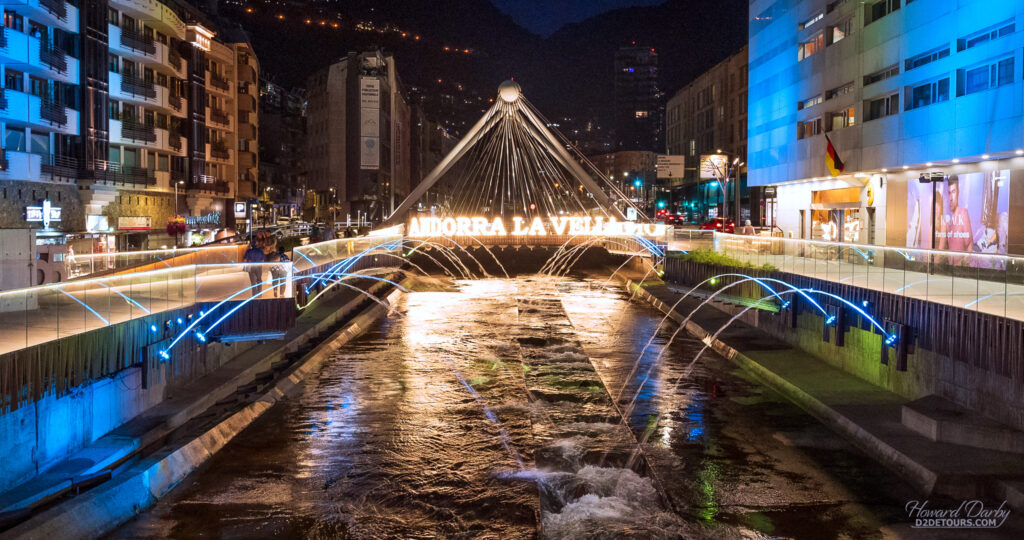
Restaurants – We arrived late the first day, so only had two full days in Andorra, and we ate pretty simply while there, taking advantage of the breakfast buffet included with our hotel stay. We can recommend Don Félix Lounge which was quite economical comparatively, and serves a decent pizza.

Speech – Catalan is the official language of Andorra, which is understandable as it’s also spoken in the NE region of Spain that borders Andorra. Spanish, Portuguese and French are also commonly spoken, with English less well known even in the tourist areas.
- Hola (oh-la) – Hello;
- Bon dia(BOHN DEE-uh) – Good morning;
- Bona nit (BOH-nuh neet) – Good night;
- Adéu (uh-THEH-oo) – Goodbye;
- Sí (see) – Yes;
- No (noh) – No;
- Sisplau (sees-PLOW) – Please (you might also hear this for you’re welcome);
- Gràcies (GRAH-syuhs) – Thank you;
- Parles anglès? (PAHR-luhs uhn-GLEHS?) – Do you speak English;
- Em sap greu (uhm sahp greh-oo) – I’m sorry.
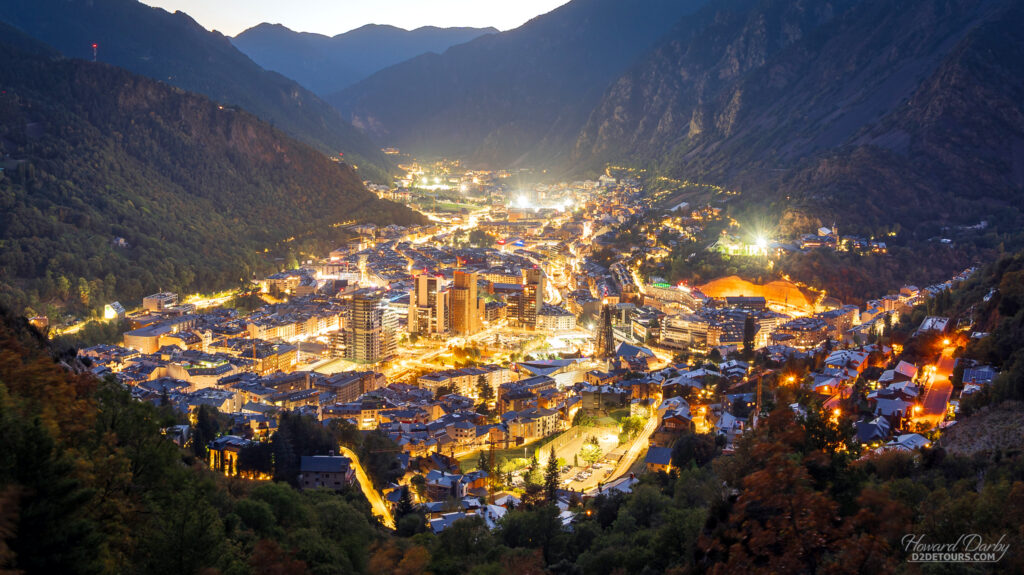



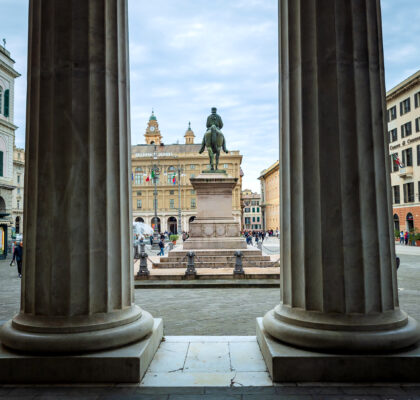
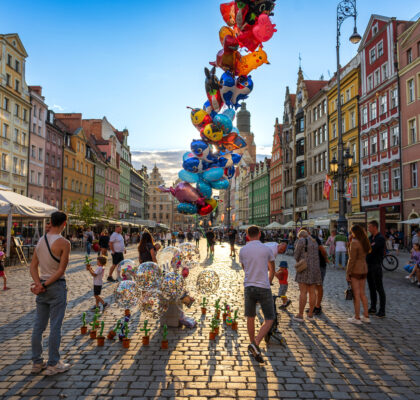
We stayed in Andorra for a month (rented a very reasonably priced apartment) to be able to extend our stay in Europe (since it’s not in the Schengen). We absolutely loved it and could have stayed another month. We stayed in el Tartar and didn’t rent a car. We took the bus everywhere and spent two nights in the capital to go to the amazing hot springs complex. We are not skiers (and this was May) so we watched the snow melt, visiting the smaller cities and hiked dozens of trails in the mountains. Such a beautiful country.